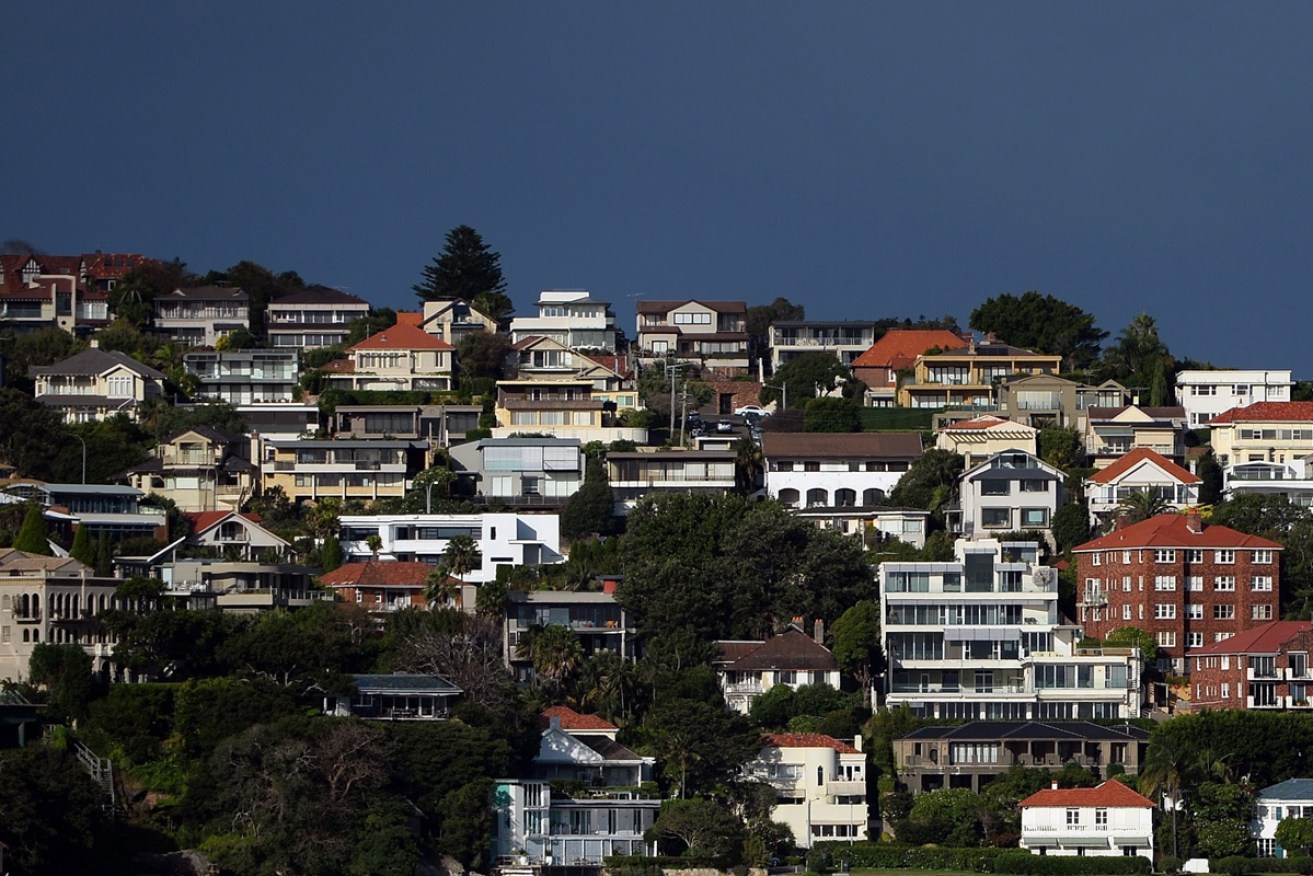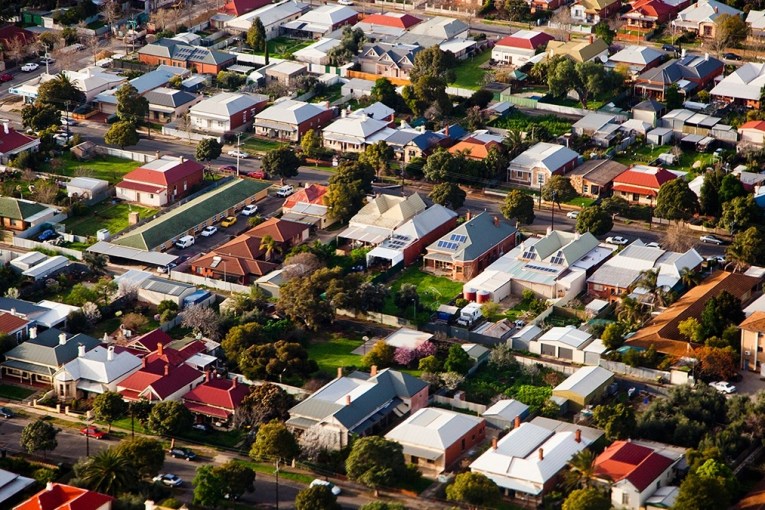Housing market downturn ‘hardly a crash’: Home values outlook a year on from price peak


New figures reveal the eye-watering sums being made by Australians selling their property. Photo: Getty
It has been a year since home values in Australia’s major housing markets peaked, and experts predict that prices will continue to soften in years to come.
Home values are down 2.7 per cent nationally since peaking in September last year, according to the latest home value index from property analysts CoreLogic.
The correction is “hardly a crash”, CoreLogic said, representing a slower rate of decline relative to the previous housing market downturn (June 2010 to February 2012) when national dwelling values fell by 3 per cent over the first 12 months, declining 6.5 per cent from peak to trough.

Source: CoreLogic
Dwelling values are still rising on an annual basis in Brisbane, Adelaide, Hobart and Canberra, though the rate of capital gain has “slowed noticeably”, according to CoreLogic.
Meanwhile, the annual rate of decline in Perth and Darwin, still recovering from post-mining boom property price crashes, has “eased off”.

Source: CoreLogic
How much did home values rise by during the recent price boom?
The current downturn remains mild considering national dwelling values skyrocketed by 43.9 per cent over the decade to June 2018, CoreLogic data reveals.
During that time the combined capital cities experienced price increases of 52.6 per cent, with the combined regional markets growing in value by 16.6 per cent.
The two major eastern capitals were responsible for much of the growth.
Home values in Sydney soared by 64.4 per cent over the five years to January 2018, while Melbourne prices shot up by 56.4 per cent.
Housing affordability improves as prices decline
Housing affordability improved slightly for new-home buyers as prices declined over the past year, but rate rises could halt that, Moody’s Analytics believes.
Slight income growth, coupled with price declines and low interest rates, has led to “marginally” improved affordability for those looking to enter the market over the past year, Moody’s said.

Source: Moody’s Analytics
Average weekly incomes increased “moderately”, rising by an average of 2.4 per cent, across Australia over the year to May 2018, while average mortgage interest rates remained steady.

Source: Moody’s Analytics
However, the major banks have already signalled their desire for further rate hikes, with NAB the only big-four bank yet to move out of cycle with the Reserve Bank by raising lending rates.
The RBA meets on Tuesday afternoon to determine whether to change the official cash rate, or keep it on hold at a record low of 1.5 per cent, where it has remained for a record 24 consecutive meetings since August 2016.
Before the meeting Australian National University’s RBA shadow board – a panel of macroeconomists and former central bank board members who make a “probabilistic” call on the optimal setting of interest rates – said that a rate rise would be appropriate.
“The RBA shadow board rules out any likelihood that a reduction in interest rates could be called for,” shadow board chair Dr Timo Henckel said.
“Instead it attaches a 45 per cent probability that holding interest rates steady at 1.5 per cent is the appropriate setting, while the confidence in a required rate hike equals 55 per cent.”
Prices forecast to fall for years to come
Australia’s two major capitals are home to around 60 per cent of the nation’s population, and will continue to lead home value falls in months and years to come, forecasters say.
Home values in Sydney and Melbourne are expected to drop by more than 8 per cent between now and 2021, according to economists and property analysts polled in finder.com.au’s October RBA cash rate survey.
Sydney is currently pegged as one of the world’s most overvalued property markets, ranking seventh on The Economist‘s recent global cities index with home prices currently “overvalued” by 50 per cent when compared to household incomes.
The NSW capital is expected to lead the country’s value falls in coming years, with houses forecast to drop in price by around 8.2 per cent by 2021.
Melbourne is expected to follow closely, with estimated house value falls of around 8.1 per cent.
Brisbane came in with a predicted 7 per cent price fall, followed by Perth with 5.3 per cent.
Hobart remains an outlier, with Tasmania in the midst of a price frenzy that has seen home values in the capital climb by 9.3 per cent over the past year, plunging the state into an affordability crisis.
Adelaide—currently Australia’s most affordable housing market—and Darwin came in with under 5 per cent price drop forecasts by 2021.
The slowdown could prove advantageous for prospective home buyers hoping to get a foot on the property ladder, Finder insights manager Graham Cooke said.
“If you’re thinking of getting into the market over the next few years, hold out until prices have dropped further and use this time to save for your upfront costs,” he said.
“Right now, there’s no need to jump on the first suitable property you see – you should be looking for value before you lay down the cash. Waiting a few years could potentially save you thousands of dollars.”








